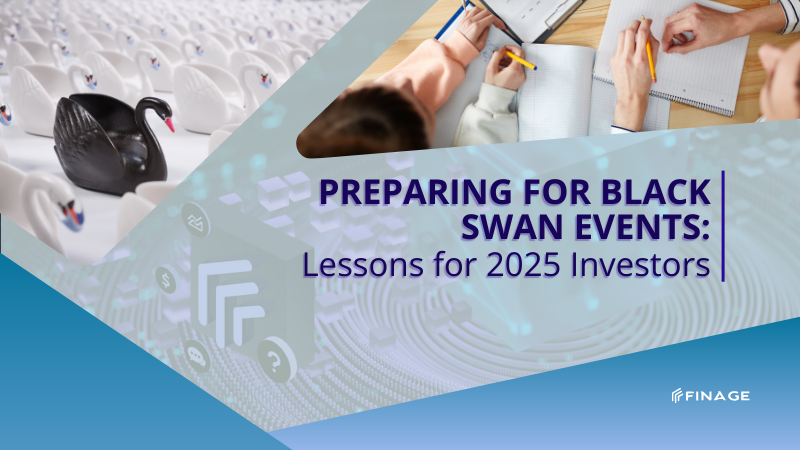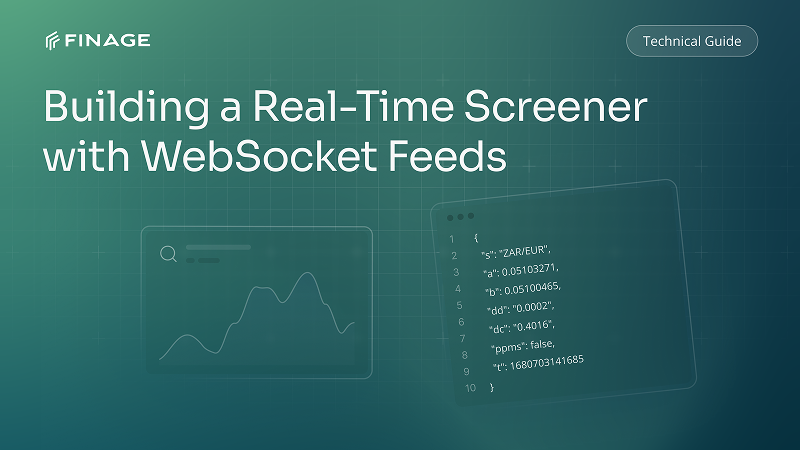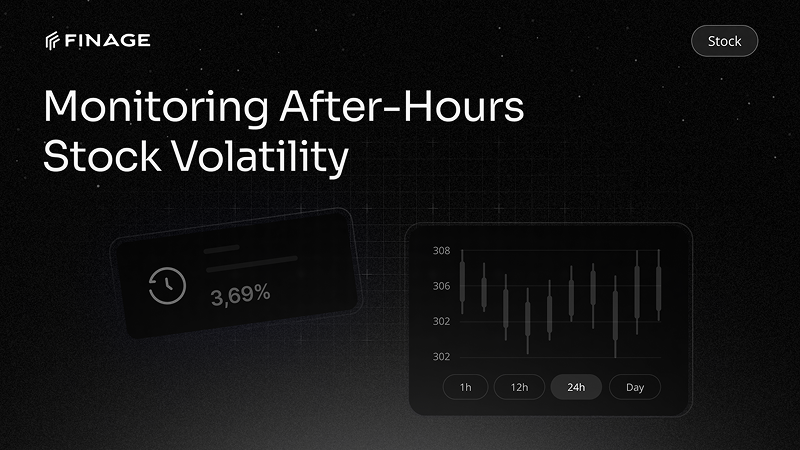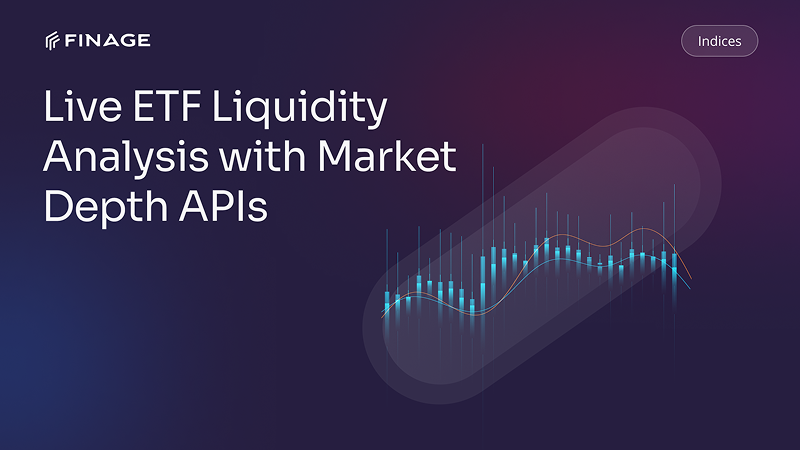Preparing for Black Swan Events: Lessons for 2025 Investors
8 min read • May 10, 2025

Introduction
Over the past 15 years, we’ve seen many times how markets and portfolios have been repeatedly shaken by unpredictable, high-impact events, ranging from financial crashes to pandemics and geopolitical shocks. No one saw it coming. These are known as Black Swan events and they’ve repeatedly changed the course of history.
In The Black Swan book, Nicholas Taleb talks about these uncertain events and describes them as the ones that have massive consequences and yet, somehow, seem obvious in hindsight. But at the time they happen, they’re anything but obvious. But why do they have such massive impact even though no one seems able to predict them? How to navigate the turbulent times and arm yourself with reliable data and prepared strategies?
Contents:
- What Defines a Black Swan Event
- Vivid Metaphors to Explain Complex Ideas
- Historical Examples That Shook the World
- The 2000–2002 Dot-Com Crash
- The 2008 Financial Crisis
- The COVID-19 Pandemic (2020)
- Why They Matter More Than We Think
- Can We Prepare for Black Swan Events?
- Diversifying Your Portfolio
- Implementing Risk Management
- Staying Informed with Real-Time Data
- Applying Market Data APIs
- A Warning Sign? Interest Rates and Recession
What Defines a Black Swan Event
So this term Black Swan was popularized by author Nassim Nicholas Taleb in his 2007 book. The concept draws on a centuries-old belief about Europeans who thought all swans were white until Dutch explorers discovered black swans in Australia in the 17th century. That discovery shattered a long-standing assumption. So he used this metaphor to describe events that:
- Come as a surprise: they fall far outside what people expect
- Have a major impact: these events change economies, industries and often entire societies
- Seems obvious in hindsight: afterward, people claim the warning signs were clear, though few saw them beforehand
Vivid Metaphors to Explain Complex Ideas
To explain the above events, Nicholas Taleb uses a simple yet striking image: the life of a turkey. So every day, the turkey is fed by a human. Day after day, food arrives and the turkey grows more and more confident that people around are friendly. In fact, each passing day only reinforces that belief. Then, just before Thanksgiving, something unexpected happens and the turkey receives a shock that completely overturns everything it thought it knew. That’s what Taleb calls a “revision of belief.”
This isn’t just about turkeys, it’s about people who often look back on financial disasters, wars or major disruptions and say, “Well, of course that was going to happen.” But for those living through it, the signs weren’t so clear. The warning signals, if they were there, didn’t seem urgent until it was too late.
The most important part is that it will happen again. After the next financial crisis, people will likely say, “How did we not see that coming?” And so the question becomes:
- Should we try to predict the next big shock?
- Should we try to figure out what kind of financial meltdown, geopolitical upheaval or natural disaster might be around the corner?
Historical Examples That Shook the World
By all means, you just need to pay attention and make educated guesses. If you can take historical examples and data, you can try to predict future events for what seems likely to happen. But also understand this:
- no matter how prepared you think you are, the next big thing may still blindside you,
- beyond prediction, it’s crucial to build resilience,
- it’s crucial to prepare for the threats you can see and also leave space in your thinking and in your systems for the unexpected,
- life isn’t just about surviving what you expect, it’s about being able to stand up again after the surprise you never saw coming.
So here are some examples that you can analyze. Basically it is major Black Swan Events in History that have passed , starting from the 2000s.
The 2000–2002 Dot-Com Crash
In the late 1990s, tech startups were all the rage. Investors threw money at internet companies and often without profits or even products. So when the dot-com bubble burst happened:
- An estimated $5 trillion in market value vanished
- Many companies disappeared overnight
- It reshaped the tech industry permanently
- This collapse exposed the dangers of speculation
- It also exposed the danger of overconfidence in unproven innovation
The 2008 Financial Crisis
In the early 2000s, we saw how the U.S. housing market was booming. So the banks issued risky loans to buyers with low credit, bundling these mortgages into complex financial products traded around the world. And what we saw next was the housing bubble burst, meaning the fallout triggered a global financial meltdown (which by many now is pointed as early warning signs, but at the time, very few recognized the danger):
- Major banks failed
- Millions lost their homes and jobs
- The world fell into recession
The COVID-19 Pandemic (2020)
We cannot mention the COVID-19 as it wasn’t just a health crisis. It brought much of the global economy to a halt:
- Entire industries like travel and hospitality collapsed
- Supply chains broke down
- Governments scrambled to respond with lockdowns
- Its long-term effects are still unfolding.
Why They Matter More Than We Think
These events do more than cause short-term disruption. They highlight deep truths about our world. For example, if we talk about the limits of prediction: no matter how many experts analyze data, some events remain beyond foresight. Here, you need to focus on:
- The need for resilience: it means that the systems must be built to survive shocks, not just perform under normal conditions.
- The connection of our world: simply saying, a crisis in one part of the globe can ripple out to affect everyone.
Can We Prepare for Black Swan Events?
If these events are, by nature, unpredictable: how do we get ready for them? First of all, you need to build resilience. It means that for individuals who maintain savings, diversify investments and try staying flexible, such events could be less unexpected. For organizations, it means robust, adaptable systems. Here are some other points to take into account:
- Challenge assumptions: just because something has always worked doesn’t mean it always will, so you need to rethink “safe bets.”
- Accept uncertainty: you just have to avoid overconfidence in models and forecasts. So you can quickly see the risks and issues that could happen to be more complex than you assume.
Actually, investors in 2025 should be ready for shifts in the market driven by different events like rate cuts and broader economic changes. Here’s a short list of practical ways to prepare for such movements.
Diversifying Your Portfolio
This is a simple rule, but diversification can really help you remain a fundamental strategy to mitigate risks associated with Black Swan events. You can also backtest your strategy using historical data to see how diversification could be helpful. By spreading investments across various asset classes, sectors and geographies, you reduce the potential impact of a single market downturn.
Implementing Risk Management
Establishing clear risk management protocols is essential, of course. However, when we speak about Black Swan events, this includes setting stop-loss orders, maintaining adequate liquidity and regularly reviewing your investment strategy to adapt to changing market conditions.
Staying Informed with Real-Time Data
Access to real-time market data is crucial for timely decision-making. So when you use reliable Real-Time Market Data APIs, you can get up-to-the-minute information, helping you respond swiftly to market changes.
Applying Market Data APIs
Here, you will need to incorporate Market Data APIs into your investment tools to enhance your ability to analyze and respond to market movements. You can try rela-time and historical data widgets as well. Here are some key things to consider:
- For example, Finage offers a comprehensive Stock Market Data API with access to real-time and historical data across global exchanges. The service can provide a Financial Data API for developers, including financial statements and historical data.
- You can use a service that delivers real-time data for stocks, forex and cryptocurrencies through its Aggregated Market Data API and check what service specializes in End-of-Day Stock Data API, offering extensive historical data for backtesting and analysis.
A Warning Sign? Interest Rates and Recession
Now let’s take a look at this example: historically, if you check charts, you can mention that every time the Reserve Board cuts interest rates sharply, a recession or even a depression follows. Now, Chair Jerome Powell has announced that they are reviewing and updating the monetary policy framework, reflecting on those lessons, including the big rate hikes since 2021 to control inflation. The current funds rate remains between 4.25% and 4.50%, a range it has maintained since December 2024.
Despite calls from President Trump for immediate reductions, other officials have emphasized the need for more economic clarity before making such decisions. Could this be another early warning? History doesn’t repeat herself exactly but it often rhymes, what do you think?
Final Thoughts
Black Swan events remind us that uncertainty is part of life, especially in the economy and financial market. While we can’t predict the next crisis, we can prepare for the possibility that one is coming.
The key takeaway is that by exploring past events and analyzing historical data, you can better understand how markets react during crises. This requires using the right tools and studying economic history to prepare for future disruptions.
You can get your Real-Time and Historical Market Data with a free API key.
Build with us today!
Claim Your Free API Key Today
Access stock, forex and crypto market data with a free API key—no credit card required.

Stay Informed, Stay Ahead
Finage Blog: Data-Driven Insights & Ideas
Discover company news, announcements, updates, guides and more


